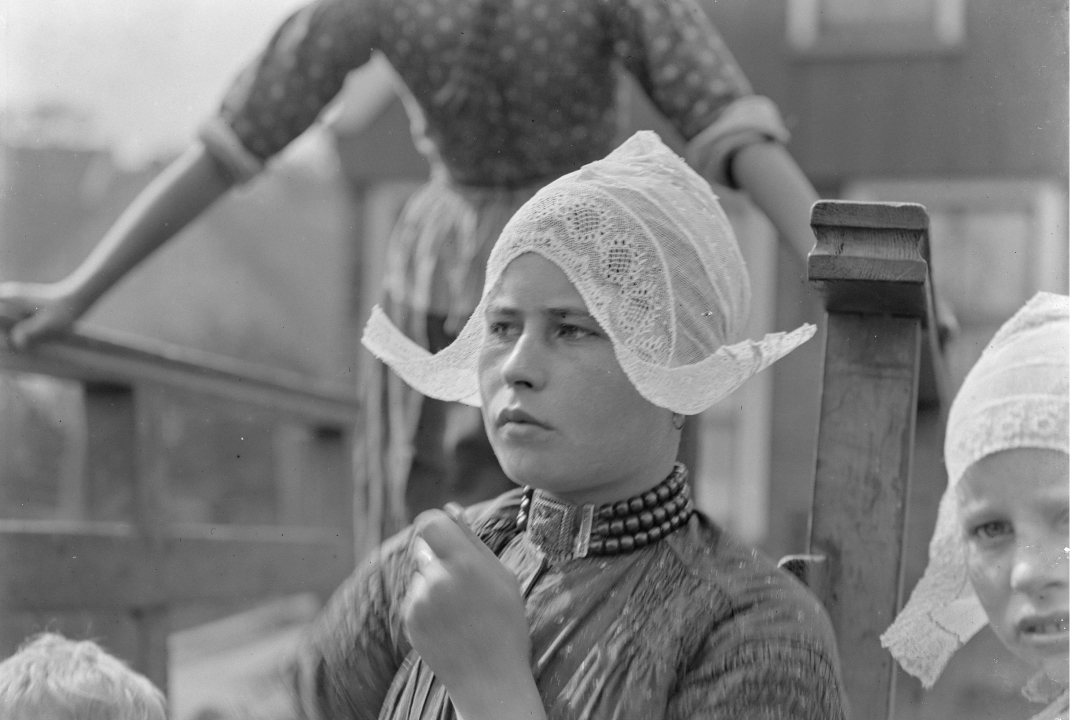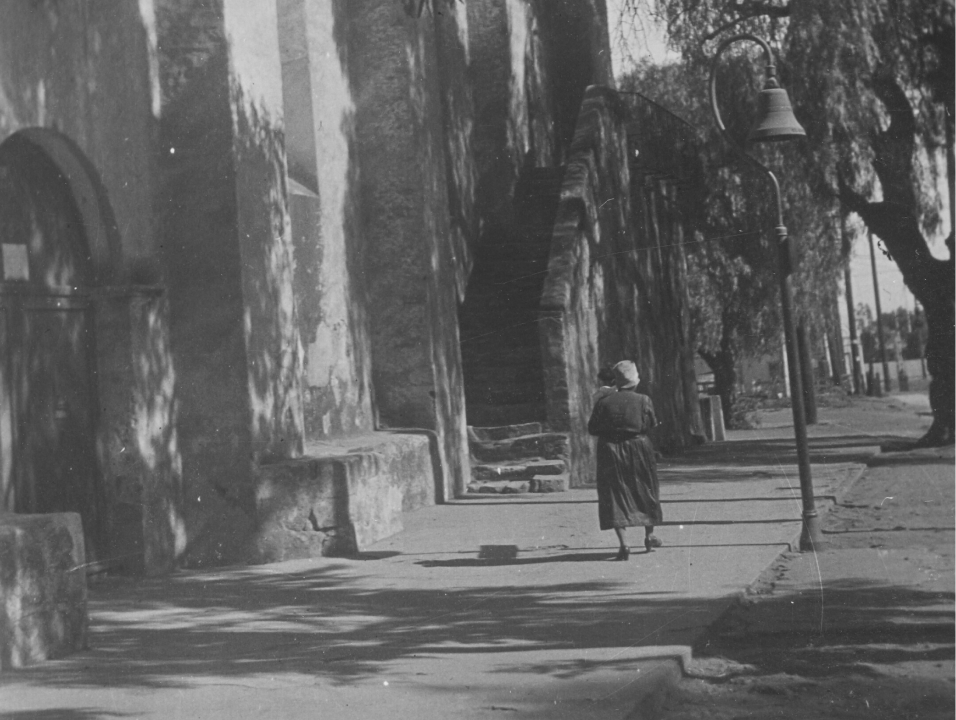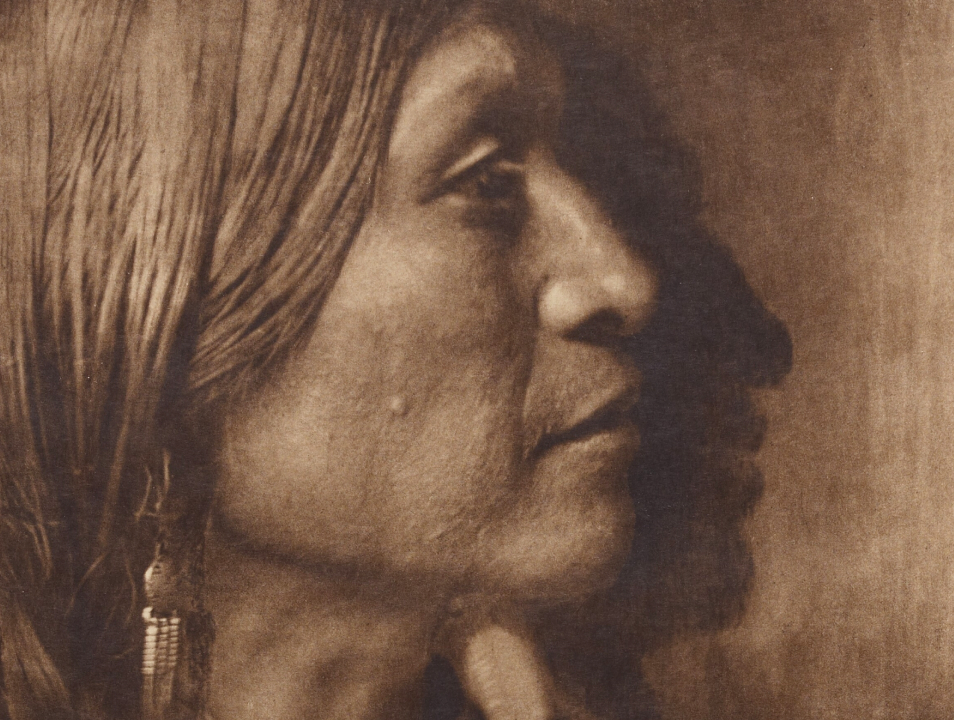The photograph The Pershing Memorial Auditorium is the scene of Lincoln’s 33rd Annual Square Dance Festival by Charles O’Rear captures a vibrant moment in American cultural history. Taken in Lincoln, Nebraska, this image portrays the joy and community spirit of the 33rd Annual Square Dance Festival, set in the grand space of the Pershing Memorial Auditorium. O’Rear, a renowned photographer known for documenting American life and landscapes, focuses on the lively and colorful atmosphere of this traditional event.
Capturing Community Spirit
The photograph is a celebration of square dancing, a quintessentially American folk tradition that brings together people of all ages and backgrounds. The dancers, dressed in their best square dance attire, move in rhythm, linked by hands and smiles. The auditorium, a large, historic venue in Lincoln, provides the perfect backdrop, its wide space emphasizing the communal aspect of the event.
O’Rear’s ability to capture such events with authenticity and warmth shines through in this photograph. His composition highlights the choreography of the dance and the unity of the participants. The image conveys a sense of nostalgia for small-town gatherings and local traditions that have long served as the heart of American culture.
Through The Pershing Memorial Auditorium, O’Rear preserves not only the memory of a specific event but also the enduring spirit of community and tradition. The photograph invites viewers to appreciate the simple joy of coming together to celebrate a shared heritage.




